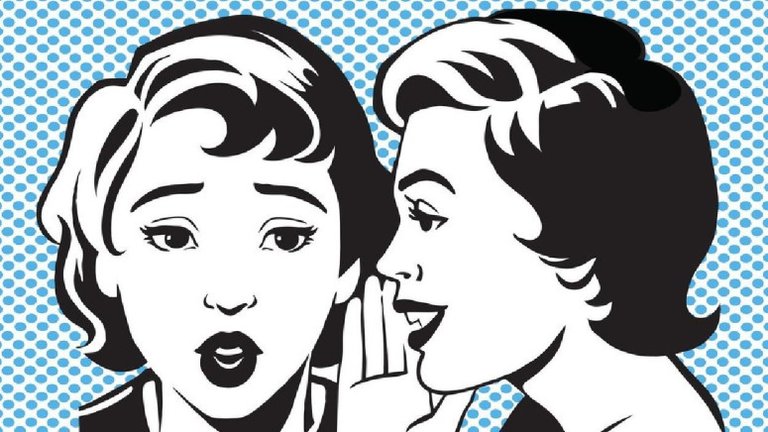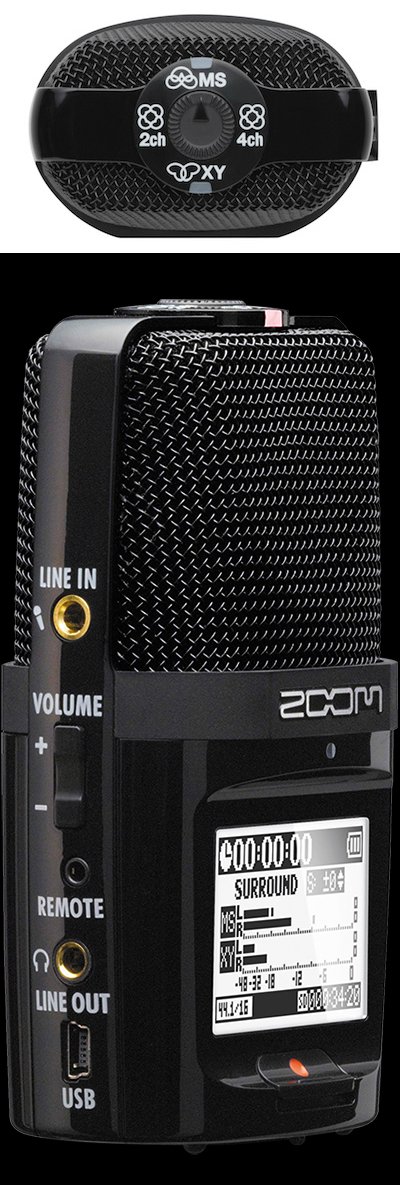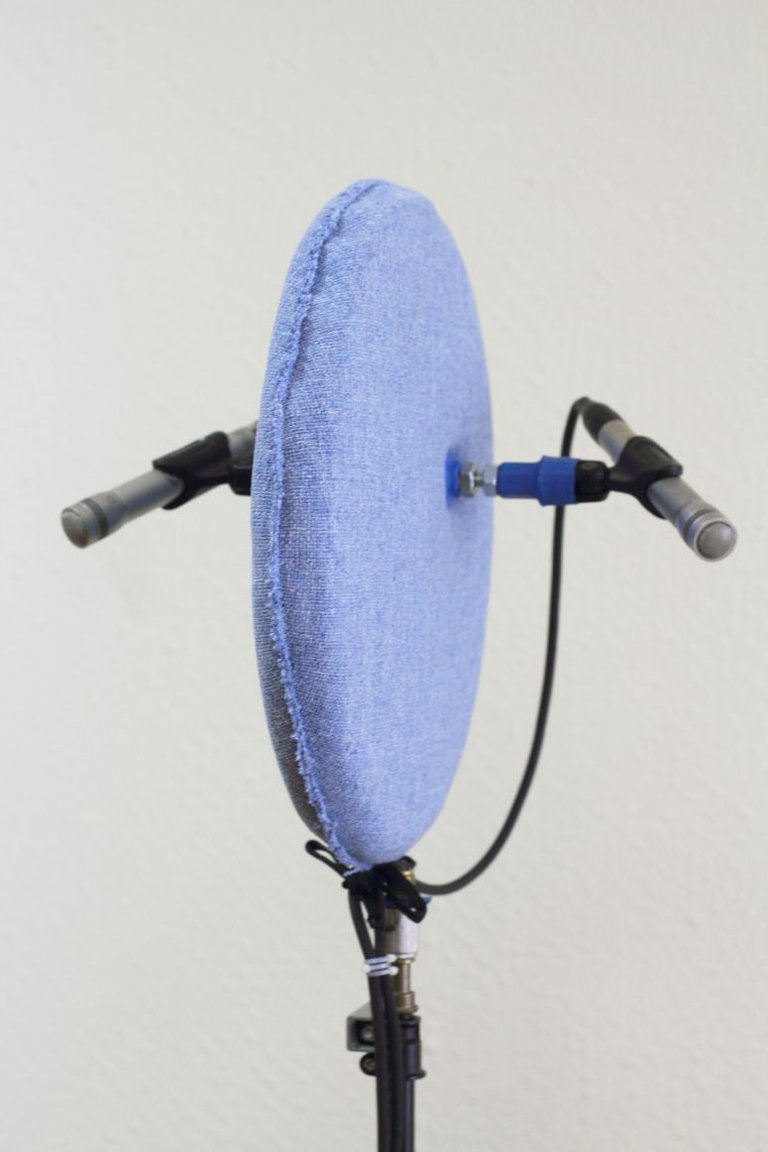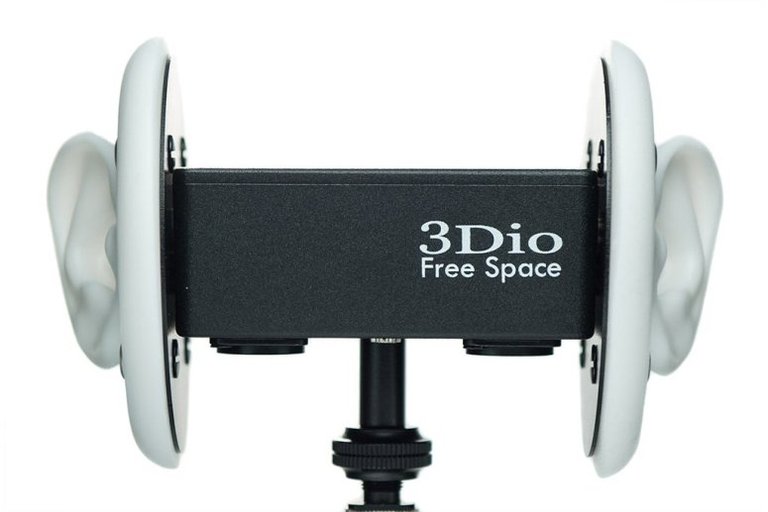
What does it feel like when somebody whispers in your ear? Some people describe it as a static-like sensation on the scalp, “akin to a mild electrical current…or the carbonated bubbles in a glass of champagne”¹. What originally started just as a simple discussion in a health forum in 2007 has become so big that now there is even a movement of ASMRtists, committed to create an expanding repertoire of videos and sounds for providing you with such a experience.
ASMR, what is it?
It stands for “Autonomous Sensory Meridian Response” and it’s the spontaneous sensation we feel in the skin that we described early on. It usually starts on the scalp and it moves downward, following the line of the spine.
What triggers it?
People have reported that the following stimuli can trigger ASMR²:
-Listening to a softly spoken or whispering voice
-Listening to quiet, repetitive sounds resulting from someone engaging in a mundane task such as turning the pages of a book
-Watching somebody attentively execute a mundane task such as preparing food
-Receiving altruistic tender personal attention
-Initiating the stimulus through conscious manipulation without the need for external video or audio triggers
For the purpose of this article, we can narrow the list down to basically two sound-related stimuli:
-A whispering voice
-Listening to the sounds somebody makes when attentively executing a mundane task
Triggering ASMR with sound
Any sound associated with mundane tasks can potentially trigger ASMR, so an easy way to trigger it intentionally is to record such sounds. Record yourself preparing food, turning the pages of a book you are reading, working with the computer, etc. Keep it natural and casual, without forcing the experience.
Binaural and stereo recordings
Binaural recordings seem to be more effective and they are great to work with, as they give a 3D sensation of actually being in the room, performing the tasks ourselves. They are not easy to make, though, unless you have a binaural microphone. We’ll talk about it in a moment.
As an alternative, we can use stereo recordings. Most portable field recorders come with at least two built-in microphones that are enough for simple stereo recordings. Try not to place them too far from the activity you are recording in order to avoid so much ambient sound that may weaken the ASMR effect that we are aiming for.

Image: Zoom H2n Handy Recorder. Top: available stereo recording modes. MS (Mid-Side), X/Y and MS+X/Y (2 or 4 channels)
Musical applications
For musical applications, sampling is a good solution. Take a fragment of the recording (either mono, stereo or binaural) and loop it. Bear in mind that the sound has to be recognizable, so over-processing it will kill the whole experience. I find it easier to gather some sounds that blend in together and loop them in a way that sounds natural and rhythmic, without forcing a specific tempo and without modifying the pitch nor time-stretching them. Once I have some loops I’m happy with, I build a song around them, adding layers of instruments and sounds that fit in with the loops.
Alternatively (and a lot less effective, I must say) you can just use the recordings as a whole background sound, without creating loops. Nickelback’s track “This Afternoon” (from the album “Dark Horse”) can be an example. Pay a listen and judge yourself.
Whispering voices
Probably the easiest and most effective way of triggering ASMR. Just grab a microphone and whisper something. The words are not important unless you want to trigger specific emotions, since even a voice whispering in a language that is unknown to you will get you to experience ASMR. However, remember that “receiving altruistic tender personal attention” can also trigger ASMR, so using words that reflect that attitude may boost the effect.
The next level: whispering in the ear
Having somebody whispering in your ear has a very powerful effect that can be recreated with a proper binaural recording technique. I have two favorite methods: using a Jecklin disk or a binaural microphone.
Binaural sound: the Jecklin disk recording technique
It consists of a disk and two twin microphones. That is, two microphones from exactly the same brand and model. They must be condenser microphones and have an omnidirectional polar pattern.

The Jecklin disk recording technique. Source: Wikipedia
The Jecklin disk can be made out of any sound-absorbing material (e.g. plastic foam, stone wool, etc.). Ideally, it’s 2cm thick with a diameter of 35cm. The disk is placed vertically, with one microphone at each side of the disk. The distance between the microphones should be 36cm, according to the specifications.
Recording with the Jecklin disk
Now that everything is set, recording is quite easy. The effect of this technique is better appreciated with headphones so, with some headphones on, you can start moving around the disk while speaking or clapping. Try to find a spot when the sound seems to be very close to the ear.
Binaural microphones
If you can afford it, 3Dio has a series or microphones called “Free Space” that work amazingly well. They work on the same principle as the Jecklin disk, by replicating the way our ears capture the sound (the head acting as an absorbing material in between). Using these microphones is incredibly easy and the effect you get when recording a whispering voice is very effective. It literally sounds as if someone is whispering in your ear. If this doesn’t trigger any ASMR in you, you might check out your vital signs, put your hand on your chest and see if your heart is still beating³.

Image: 3Dio Free Space XLR – Binaural Microphone
ASMR for life
It’s funny that while I’m writing these lines, I’m actually experiencing some ASMR. I’m sipping my coffee in one of the many cafés I usually come to when I want to write. The bartender is tidying everything up, moving cups and spoons and making all these mundane sounds. The music in the background is a whispering voice attempting to sing a lullaby. I can’t help it, I’m feeling those bubbles on my scalp. ASMR is here to stay.
Bonus track
Holly Herndon’s track “Lonely at the Top” (included in her album “Platform”) was intented to trigger ASMR.
Written by Miguel Chambergo
This article was originally published in CrackingSound
Follow us on Facebook: Cracking Sound
————————
1: Nitin K. Ahuja. “It Feels Good to Be Measured: clinical role-play, Walker Percy, and the tingles”. Perspectives in Biology and Medicine Vol. 56, No. 3. pp442-451.
2: Source: https://en.wikipedia.org/wiki/Autonomous_sensory_meridian_response
3: Palpating the pulse at the wrist might be a more reliable measuring.
Is Jecklin disk technique a special case of the baffled spaced pair technique or is it just another name? Also I'm guessing the reason the angle isn't specified for this technique could be because the microphones are omnidirectional.
Good call!
Yes, having omnidirectional mics, the angle is irrelevant (I'll edit that part, thanks).
Regarding the Jecklin technique, yes, it's pretty much the same baffled spaced technique. It's based on the Blumlein technique.
Cheers,
Miguel
Cool, thanks. Very interesting post BTW.
Thanks, mate. I appreciate it. :)
Actually, I have met quite a few people with free space between the ears! Great Post , BTW.
Haha, thanks, mate.
Cheers.
This post has been ranked within the top 80 most undervalued posts in the second half of Apr 24. We estimate that this post is undervalued by $2.14 as compared to a scenario in which every voter had an equal say.
See the full rankings and details in The Daily Tribune: Apr 24 - Part II. You can also read about some of our methodology, data analysis and technical details in our initial post.
If you are the author and would prefer not to receive these comments, simply reply "Stop" to this comment.